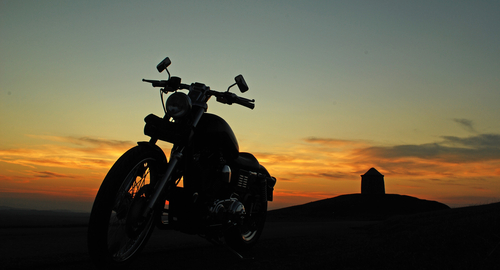Household Bills
Average cost of a midlife crisis hits £17,000

Midlife crises affect around 30 per cent of UK citizens, and cost an average of £17,420, according to Towergate research.
Traditionally viewed as an issue impacting men, the figures suggest almost as many women (29 per cent) experience a middle-age slump as men (31 per cent). However, a gender imbalance is evident from average midlife crisis expenditures, with men spending an average of £26,141, three times that of women (£8,497).
The findings also found that experiencing a mid-life crisis is no longer a taboo subject, with 81 per cent of those of peak midlife crisis age (42) happy to admit how old they are.
While archetypal indicators of a midlife crisis still feature on middle-aged consumers’ shopping lists (yachts, flash cars, holiday homes, expensive watches, flashy jewellery), 50 per cent pursue less stereotypical remedies. Mid-lifers are just as likely to have botox injections as start sailing, and more would consider buying a beach hut by the sea than indulge in state of the art golf clubs.
Homes also benefit from a midlife facelift, with cinema installations (10 per cent) and personal gyms (6 per cent) now as popular as more stereotypical purchases such as motorbikes (5 per cent) and boats (5 per cent).
On top of creature comforts, mid-lifers now look for ways to improve themselves and are looking at self-betterment via learning a musical instrument (7 per cent) or honing a skill such as photography (7 per cent). Recent high profile sporting events such as Tour de France and the Olympics have perhaps influenced 11 per cent to take up cycling and boxing training. The popularity of shows such as Strictly Come Dancing could account for 4 per cent of mid-lifers taking dance lessons.
Emma Watson, affinity relationship manager at Towergate, said: “Admitting to a midlife crisis used to be something people were embarrassed to do. It was often perceived as donning a leather jacket and having a fling, but times have moved on significantly since physiologist Elliot Jaques first coined the phrase 50 years ago. We are seeing more and more people embracing this time as an opportunity to grab life by both hands and do the things they may have been putting off for a long time.”
[article_related_posts]